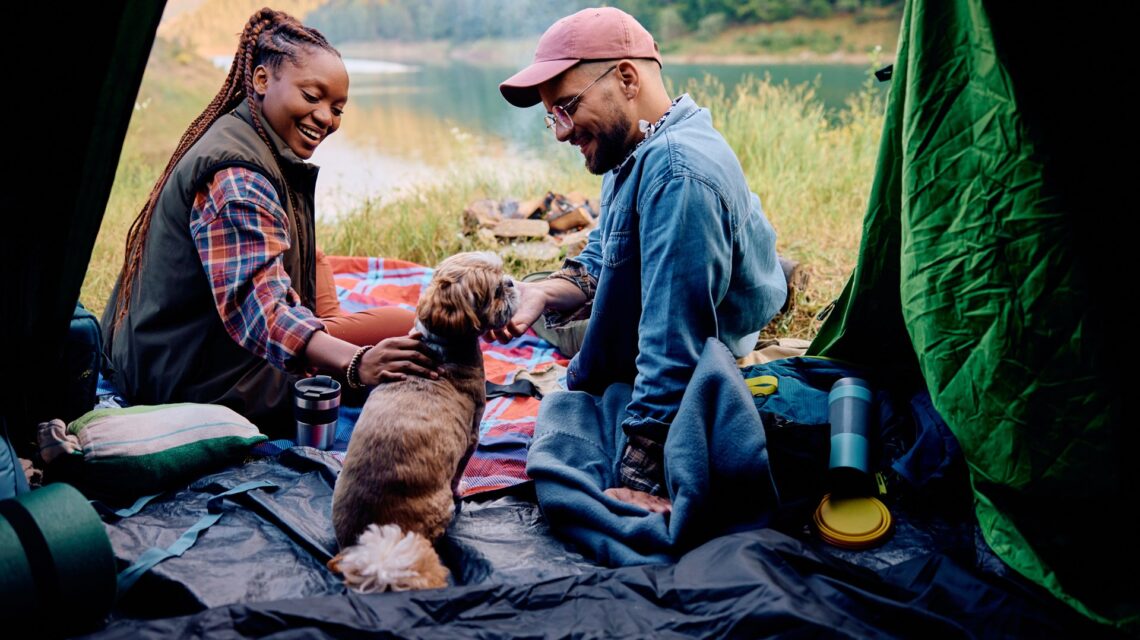Table of Contents
The Ultimate Guide to Puppy Training: Tips for a Well-Behaved Dog
Training a puppy is crucial for nurturing a well-behaved dog. From basic obedience to understanding boundaries, early training sets the stage for a lifetime of good habits. This guide will explore effective strategies and essential tips for successful puppy training, ensuring a happy and disciplined furry friend.
Building a Strong Foundation with Basic Commands
Setting the right foundation in puppy training is akin to laying the cornerstone of a building. It’s essential to start with basic commands that become the building blocks of complex behaviors later.
Sit, Stay, and Come: These core commands not only establish control but also increase safety. Teaching these involves consistent repetition and positive reinforcement. Begin in a distraction-free zone to help your puppy focus, and gradually introduce distractions to solidify their understanding. Reward with treats and praises to encourage repetition.
Leash Training: Essential for enjoyable walks, leash training helps puppies learn to walk calmly beside you. Employ the “stop and go” technique—if your puppy pulls, stop walking and only continue once they return to your side. Again, positive reinforcement plays a vital role in this process, ensuring your puppy associates staying by your side with positive outcomes.
Understanding Puppy Socialization
Successful puppy training extends beyond commands; socialization plays an equally critical role in ensuring a well-rounded and confident dog.
Introduce Diverse Environments: Gradually expose your puppy to different people, pets, and settings. This exposure helps them adapt to new experiences without anxiety. Carefully observing your puppy’s comfort level is key to ensuring they aren’t overwhelmed.
Handling and Grooming: Training your puppy to accept handling, such as nail trimming and grooming, is crucial. Make these experiences positive by incorporating treats and gentle encouragement. This approach helps to remove any fear and associable negativity with such activities, ensuring your puppy remains calm during routine handling.
By incorporating these strategies, you’re not only training a pet, but building a trusting relationship.

Conclusion
Training a puppy is a rewarding endeavor that requires patience, consistency, and understanding. By focusing on basic commands and socialization, you’re setting your puppy up for a lifetime of good behavior and happiness. Remember, positive reinforcement and gradual exposure are the keys to success, ensuring a well-behaved and well-adjusted canine companion.


